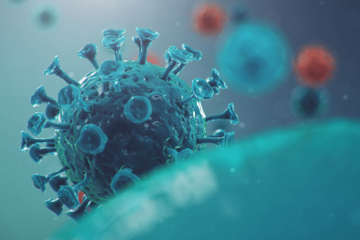We found 10 results that contain "logic"
Posted on: #iteachmsu

Navigating Context
Dynamic ecological system measures: A holistic analysis of compartmental systems
Posted by:
Greg Thomsan

Posted on 1: #iteachmsu

Dynamic ecological system measures: A holistic analysis of compartmental systems
NAVIGATING CONTEXT
Posted by:
Greg Thomsan

Posted on: #iteachmsu

Health and Nutrition Tips
Posted by:
Chathuri Super admin..

Posted on 1: #iteachmsu

Health and Nutrition Tips
Posted by:
Chathuri Super admin..

Posted on: #iteachmsu

Amazon ECS Service Connect
Authored by:
Rohit 936
Posted on 1: #iteachmsu

Amazon ECS Service Connect
Authored by:
Rohit 936
Posted on: #iteachmsu

Assessing Learning
FBC
Authored by:
Super admin - R

Posted on: #iteachmsu

Assessing Learning
FBC
Authored by:
Super admin - R

Posted on: #iteachmsu

Navigating Context
FBC
Authored by:
Super admin - R

Posted on: Test group new

Disciplinary Content
Logic and rationality
Authored by:
Rohit 936 Pravinchakra chakramurthy Krishna-dwaipayana Namberuman

Posted on 1: Test group new

Logic and rationality
DISCIPLINARY CONTENT
Authored by:
Rohit 936 Pravinchakra chakramurthy Krishna-dwaipayana Namberuman

Posted on: Test group new

Disciplinary Content
Logic and rationality
Authored by:
Rohit 936 Pravinchakra chakramurthy Krishna-dwaipayana Namberuman

Posted on 1: Test group new

Logic and rationality
DISCIPLINARY CONTENT
Authored by:
Rohit 936 Pravinchakra chakramurthy Krishna-dwaipayana Namberuman

